Polish language lessons are part of the Polish A: Literaturecourse. During the course, students, using various methodologies and theories of literature, analyze and interpret literary texts, place them in various contexts, study the language of works, as well as the relationships between various texts.
Students can pursue a subject at the standard (SL) or higher (HL) level. Depending on the level they choose, during the two-year course, they discuss a total of 9 (SL) or 13 (HL) works, which – in cooperation with the students – are selected by the teacher conducting the subject. Texts included in the reading list are diverse in terms of literary form (IB distinguishes 4 forms: fictional prose, non-fictional prose, poetry, drama), country and continent of origin and the era in which they were written. Regardless of the chosen level, students discuss both Polish works and translations of foreign-language works.
The reading list is focused around three areas of exploration:
The literary works discussed during the course are intended to contribute to the development of students’ global competences. The global issues that students will have to refer to during the oral exam have been divided into five basic thematic groups:
In addition, the issues raised in the texts discussed during Polish lessons should focus on the concepts – issues determining the research and interpretation perspective of the read works. IB distinguishes seven concepts:
The above concepts should be used in an essay written by students at the higher level (HL).
Throughout the course, students create learner portfolio, which includes: a list of works discussed in class, all student work (homework, notes, tests, written work, reflections, etc.), studies, analyzes and interpretations of works. The learner portfolio, which may be in paper and/or electronic form, is not assessed, but it is an extremely important element of the two-year course and each student is obliged to supplement it systematically.
The assessments are divided into a written and an oral part. The written assessments include:
The oral part individual oral is a 10-minute home-prepared speech on two works – Polish and translated – focused on selected global issues. After the presentation, the student answers the teacher’s questions for 5 minutes.
Lekcje języka polskiego odbywają się w ramach przedmiotu Polish A: Literature. Podczas kursu uczniowie, wykorzystując różne metodologie oraz teorie literatury, analizują i interpretują teksty literackie, umieszczają je w różnych kontekstach, badają język utworów, a także relacje łączące różne utwory.
Uczniowie mogą realizować przedmiot na poziomie standardowym (SL) lub rozszerzonym (HL). W zależności od wybranego przez siebie poziomu w trakcie dwuletniego kursu omawiają łącznie 9 (SL) lub 13 (HL) lektur, które – wewspółpracy z uczniami – wybiera nauczyciel prowadzący przedmiot. Dzieła wchodzące w skład listy lektur są zróżnicowane pod względem formy literackiej (IB wyróżnia 4 formy: proza fikcjonalna, proza niefikcjonalna, poezja, dramat) kraju i kontynentu pochodzenia oraz epoki, w której zostały napisane. Niezależnie od wybranego poziomu, uczniowie omawiają zarówno utwory polskie, jak tłumaczenia dzieł obcojęzycznych.
Lista lektur skupiona jest wokół trzech obszarów badawczych:
Omawiane podczas kursu utwory mają przyczynić się do kształtowania kompetencji globalnych uczniów. Problemy globalne, do których uczniowie będą musieli odwołać się podczas matury ustnej, zostały podzielone na pięć podstawowych grup tematycznych:
Ponadto problematyka poruszana w omawianych na lekcjach polskiego tekstach powinna skupiać się wokół tzw. konceptów – zagadnień wyznaczających perspektywę badawczą i interpretacyjną czytanych utworów. IB wyróżnia siedem konceptów:
Powyższe koncepty powinny zostać wykorzystane w eseju pisanym przez uczniów na poziomie rozszerzonym (HL).
W trakcie całego kursu uczniowie tworzą tzw. portfolio, w którego skład wchodzą: lista omawianych na lekcjach dzieł, wszystkie prace ucznia (zadania domowe, notatki, testy, prace pisemne, refleksje, itd.), opracowania, analizy i interpretacje utworów. Portfolio, które może mieć formę papierową i/lub elektroniczną, nie jest oceniane, jednak stanowi niezwykle istotny element dwuletniego kursu i każdy uczeń zobowiązany jest do jego systematycznego uzupełniania.
Matura podzielona jest na część pisemną oraz ustną. W skład zadań pisemnych wchodzą:
Część ustna, tzw. individual oral, to przygotowana w domu10-minutowa wypowiedź na temat dwóch dzieł – polskiego i tłumaczonego – skupiona wokół wybranych problemów globalnych. Po dokonaniu prezentacji uczeń przez 5 minut odpowiada na pytania nauczyciela.





























































































































































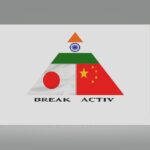























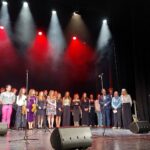




































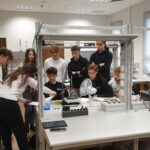

























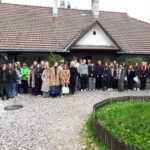





























































































































































































































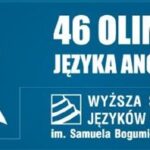














































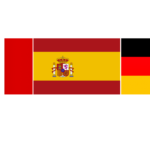









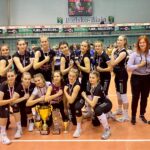





























































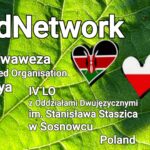






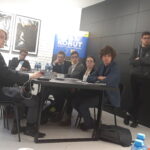



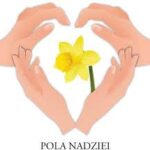









































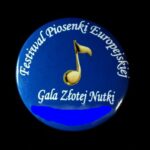






























































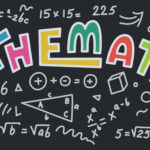



























































































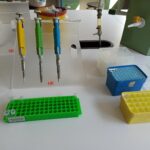











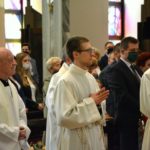








© IV LO z Oddziałami Dwujęzycznymi im. Stanisława Staszica
